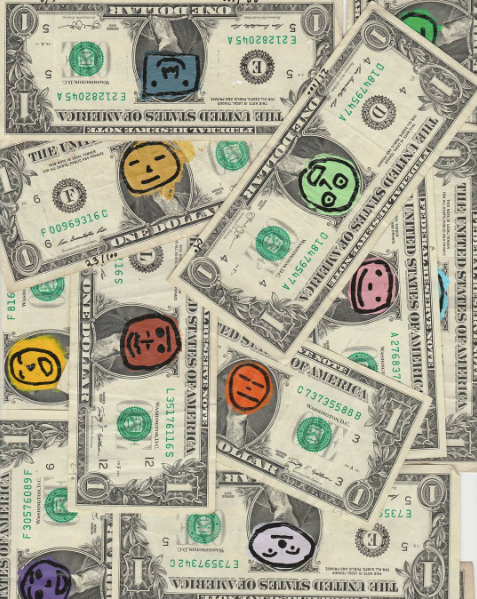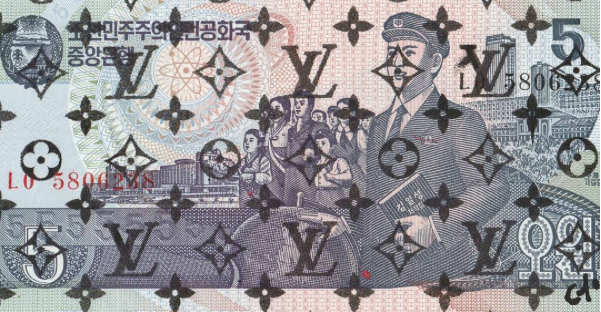Art has long been a means of expressing emotion, conveying thoughts, capturing the circumstances of a society, and more recently, storing value. Especially with the enormous rise of influencer culture and social media, becoming an artist or a collector has never been easier. Reducing these barriers of entry has allowed an enormous increase in the “business of art” with the wealthy and not-as-wealthy alike entering the art world with aspirations of accumulating works from future Monets and Picassos.
The business of art treats works not as an expression of emotion, situation, and identity, but as investment and value holder. Just as wealth is leveraged with the anticipation of returns when stocks are bought and sold, many artists and collectors alike trade pieces and set prices with stock market-esque growth curves in mind. Benefactors of the art world, such as Eli Broad, the B in KB Homes, board member of the LA County Museum of Art (LACMA), and the founder and benefactor of the Broad Museum, act upon both financial and artistic motivations with respect to their collections.
When Broad donated a piece of his collection to establish the Broad Museum in Los Angeles he received a “step-up in basis,” meaning any appreciation in value that would otherwise be taxable if he sold the piece is no longer taxable and in return he received a tax-deduction for the value of the works and the money donated. In layman’s terms, he avoided paying tax on any of the increase of value and cashed out what the pieces were worth in tax credits. Furthermore, the part of his collection not donated to the museum is now much more valuable as it is “unseen.” So in the transaction of donating works for public-use, Broad saw a net-increase in wealth.
CB Hoyo, a contemporary artist based in Belgium, has tackled this question with his latest series featuring a range of currencies adapted in various ways. As he told me during an interview, “I was headed to the store to buy paper for some works, I realized I was handing them paper to buy paper. Money is just paper.” He then set out to make 100 works with dollar bills, replacing the faces on the money with blobs of color and various facial expressions. These works were then sold for $20 with free shipping.

Hoyo opened art up to the masses and commented on its treatment of artwork almost as a currency, to be bought and sold. Eliminating the human nature of currencies and contemplating uniqueness behind faces, the adaptation of each currency’s figures leaves viewers with an introspective thought of just how much the faces of money have been internalized and in turn ignored by society. No one thinks about George Washington’s facial expressions when they fidget a buck into a vending machine. Furthermore, does this applied paint eliminate the currency’s inherent value? Is it still a dollar bill? Does it have an increased value? What is art or currency really worth? These questions come to mind via the series.

Moving beyond the 100 piece series, Hoyo has begun choosing currencies from “messed up countries” as he puts it. Nations such as Nazi Germany, North Korea, etc. have been featured with alternations including Mickey Mouse, Patek Philippe, the Louis Vuitton print, and his colored faces. Currency is truly just a printed pattern; a piece of art in its own right. Hoyo merges the iconic patterns of major brands with those iconic patterns of interesting countries. Again he begs us to question, where does the value of art and currency come from? Is there an intrinsic value or is it subject to ‘bull’ and ‘bear’ market effects just as with stocks and investments?
